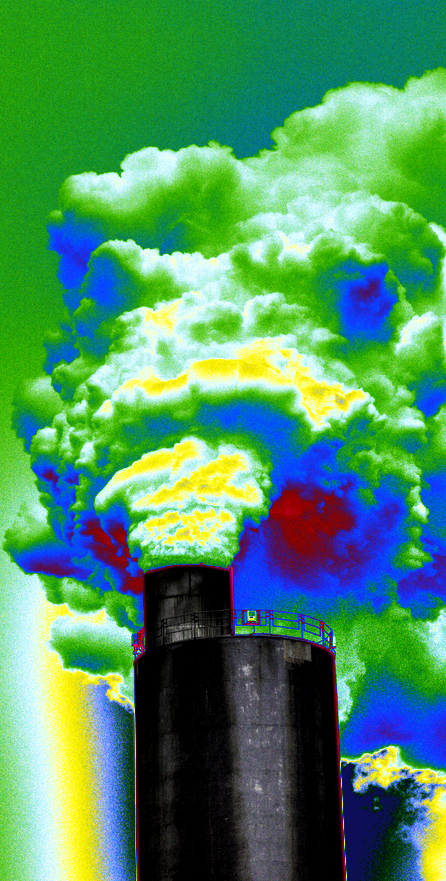Emissions hit record in 2018
 The International Energy Agency (IEA) says global carbon emissions hit a record high in 2018.
The International Energy Agency (IEA) says global carbon emissions hit a record high in 2018.
The authority said the rise was due to greater demand for energy and more extreme temperatures.
The IEA’s Global Energy and CO2 Status Report shows carbon emissions rose by 1.7 per cent in 2018 to a record 33.1 billion tonnes.
One third of that rise was due to coal, which outweighed energy generation from wind and solar farms growing at a double-digit pace.
Coal use rose by 0.7 per cent last year, largely due to higher demand for coal coming in China and India.
But emissions growth is at least slowing, down from a 4.5 per cent rise in coal use in 2017, but it is still the largest source of electricity.
China, India and the US accounted for 85 per cent of the net increase in emissions, with greenhouse gases rising in the US by 3.1 per cent in 2018, 2.5 per cent in China and 4.5 per cent in India.
Emissions fell in Europe and Japan over the same period.
IEA executive director Fatih Birol says that with demand rising by 4 per cent last year, more work is needed to increase renewable generation.
“Despite major growth in renewables, global emissions are still rising, demonstrating once again that more urgent action is needed on all fronts — developing all clean energy solutions, curbing emissions, improving efficiency, and spurring investments and innovation, including in carbon capture, utilisation and storage,” Dr Birol said.
Renewables account for nearly a quarter of global power output.
China also tops the table for power generation from wind and solar, followed by Europe and the US.







 Print
Print